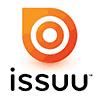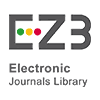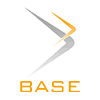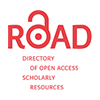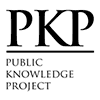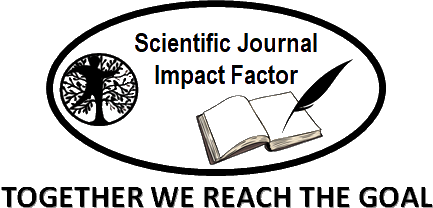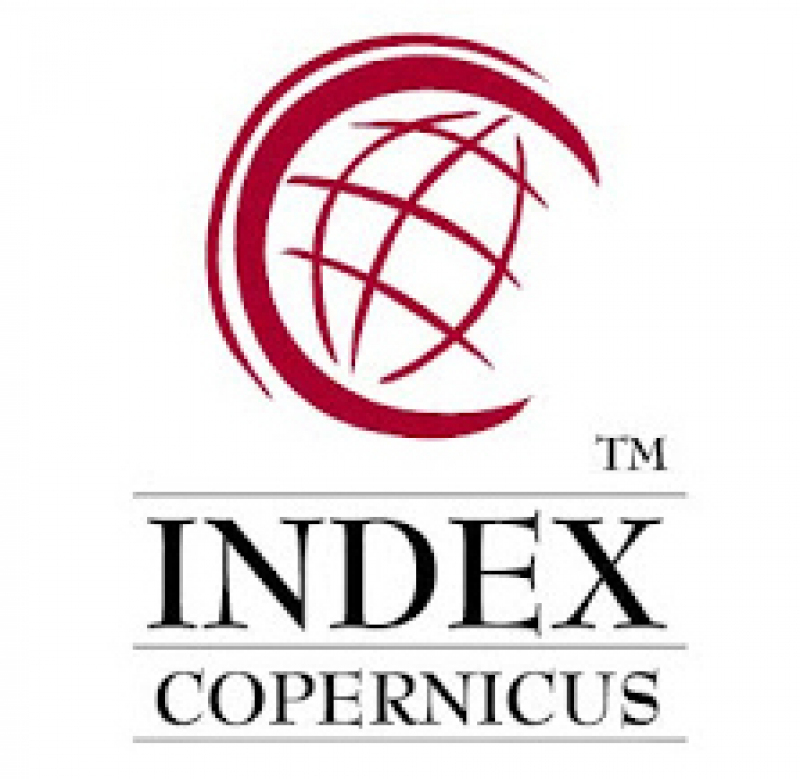Strengthening School-Stakeholder Partnerships to Enhance Graduate Employability: A Case Study of Vocational High School in East Lombok- Indonesia
Abstract
This study examines the extensive initiatives made by SMKN 1 Selong to fortify alliances with different stakeholders in order to maximize its graduates' integration into the labor market. The rising unemployment rate among graduates of vocational schools served as the impetus for the study, underscoring the pressing need for improved industry-school cooperation. The study's qualitative methodology and one case study design enabled a thorough analysis of actual procedures and difficulties. In-depth document analysis, participant observation, and interviews with educators, school administrators, and business partners were all used to gather data. The results of the study showed that a number of strategic initiatives, such as the active growth of industry networks and the purposeful alignment of the curriculum with changing labor market demands, were essential to the partnerships' success. These initiatives improved the relevance of students' skills and increased their chances of finding work. The study did, however, reveal several persistent problems as well: a lack of suitable industry partners in the region, insufficient school resources to support partnership projects, and significant student unpreparedness for workplace expectations. The research, meanwhile, shows that enhancing job results for vocational school graduates calls for great dedication from all parties involved, continuous creative work in partnership models, and continuous cooperation. The study provides analysis and guidance for future research meant to investigate and enhance school-industry cooperation practices, as well as useful recommendations for industry partners and educational institutions.
Keywords
Full Text:
PDFReferences
Asrin, A., & Sudirman. (2022). Value and excellence based education management. Elhikam Press Lombok.
Creswell, J. W., & Creswell, J. D. (2016). Research design: Qualitative, quantitative, and mixed methods approaches. Sage publications.
Fauzan, R., Setiawan, R., Putro, SE, Mayasari, N., Kusnadi, IH, Raharjo, AA, & Bagea, A. (2023). Change Management. Global Technology Executive. Educational research methodology. CV Lauk Puyu Press.
Firdiasih, TA, & Masruji, M. (2023). Management of integrated career service: Efforts to increase the absorption of graduates of State Islamic Senior High School 2 Brebes at the state university level. Arfannur: Journal of Community Service, 4 (2). https://doi.org/10.24260/arfannur.v4i2.1796.
Ibrahim, J. (2006). Corporate organization law: partnership patterns and legal entities.
Ixtiarto, B. (2016). Partnership of vocational high schools with the business world and the industrial world (Study of management aspects at Muhammadiyah 2 Wuryantoro Vocational School, Wonogiri Regency). Journal of Social Science Education, 26 (1), 57-69.
Kawet, JA, Masinambow, VA, & Kawung, GM (2019). The effect of population, education and wage levels on labor absorption in Manado City. Journal of Regional Economic and Financial Development, 20 (2), 62-79.
Kuncoro, M. (2006). Development Economics. Salemba Empat Publisher. Jakarta Fosu, Augustin Kwasi. 2010. Growth, Inequality, and Poverty Reduction in Developing Countries: Recent Global Evidence. CSAE Working Paper WPS, 07.
Lestari, B., & Pardimin, P. (2019). Management of school partnerships with the business world and industry to improve the competence of vocational school graduates. Media Management Education, 2 (1), 113-113.
Lincoln and Guba. (1985). Qualitative Research. Singapore. Singapore: Mc. Graw Hill Book Co.
Miles, M. B., Huberman, A. M., & Saldana, J. (2014). Qualitative data analysis: A methods sourcebook (3rd ed.). Sage Publications.
Munthe, F., & Mataputun, Y. (2021). Analysis of school collaboration with the business world and industry in improving the quality of vocational high school graduates. JPPI (Journal of Indonesian Educational Research), 7 (4), 586-593.
Notoatmodjo, S. (2003). Health education and behavior. Rineka Cipta.
Prasetyo, AS, & Hariyati, N. (2021). Principal's Strategy in Building Partnerships with the Business World/Industry World in Increasing the Absorption of Vocational High School Graduates. https://ejournal.unesa.ac.id/index.php/inspirasi-manajemen pendidikan/issue/view/2294.
Sagala, Syaiful, (2007). Human Capital Building Human Resources Capital with Superior Character Through Quality Education. Depok: PT. Kharisma Putra Mandiri.
Sahadi, N., Sunarti, N., & Puspitasari, E. (2022). Organizational development: An overview of all organizations. Moderat, 8 (2), 399-412. https://ojs.unigal.ac.id/index.php/modrat.
Sudjana, N. and Ibrahim. (2010). Educational Research and Assessment. Bandung: Sinar Baru Algensindo.
Suryadi, A., & Tilaar, HAR (1995). Educational policy analysis: An introduction. PT. Remaja Rosdakarya.
Tilaar, HAR (2004). New paradigm of national education. Rineka Cipta.
Tobing, F., & Manurung, N. (2021). Improving the Competence of Vocational Education Graduates Through Partnership Cooperation with the Business World and Work World (IDUKA). http://repository.uki.ac.id/id/eprint/6768.
Widjanarko, M. (2016). The Social Capital of Rahtawu Community: A Case Study of Forest Conservation in Kudus Regency. Journal of Society and Culture, 18 (1), 109-122.
DOI: http://dx.doi.org/10.18415/ijmmu.v12i5.6839
Refbacks
- There are currently no refbacks.
Copyright (c) 2025 International Journal of Multicultural and Multireligious Understanding

This work is licensed under a Creative Commons Attribution-NonCommercial-NoDerivatives 4.0 International License.
https://ijmmu.com
editor@ijmmu.com
facebook.com/ijmmu
Copyright © 2014-2018 IJMMU. All rights reserved.













